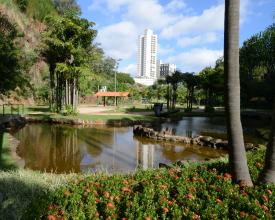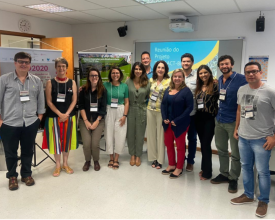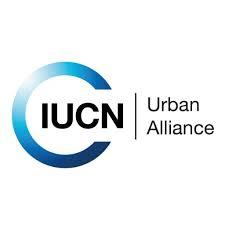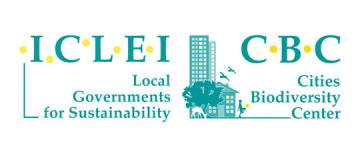
Campinas Metropolitan Connectivity Area: a case of policy and planning integration for biodiversity conservation in Brazil
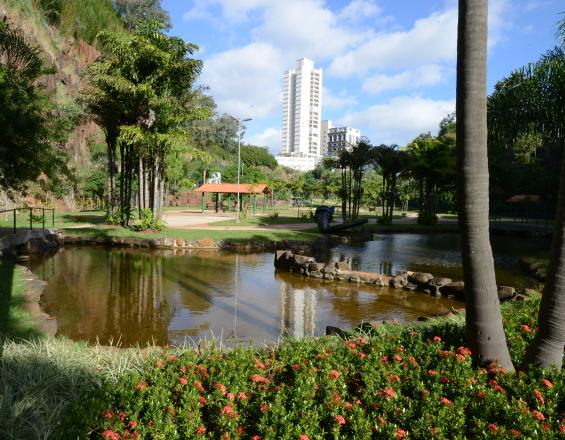
The Metropolitan Region of Campinas has engaged with decentralized management, developed policies and actions in order to consolidate a proposal for the Connectivity Area, a buffer zone that prioritizes corridors of integration for the Metropolitan Region and identifies sites providing Ecosystem Services (ES). Supported and facilitated by ICLEI South America through the INTERACT-Bio project and in close collaboration with the RECONECTA-RMC program, the initiative resulted in decisions and alignments, capacity building, articulation of the twenty cities of the region and other stakeholders. The Connectivity Area proposal has been integrated to relevant regional planning policies as a strategic area for metropolitan action. A Local Biodiversity Strategy and Action Plan was developed and will further identify roles and responsibilities for action within five main pillars: urban afforestation; linear parks; ecological corridors; local wild fauna; inspection, compensation and regulation; communication and articulation.
Impacts
Consolidation of a Connectivity Area proposal by ICLEI South America and the Metropolitan Region of Campinas was incorporated into the "Strategic Areas for Metropolitan Action” section of the Document of Preliminary Proposals for the Integrated Urban Development Plan. Collaboration between the municipalities enabled specific and reliable information on the priority areas where conservation and restoration efforts should be made. Also, by identifying the main pressures on the ES in the area, clearer and more adequate policy can now mitigate the impacts of such activities. The valuable content has been made available through the Ecosystem Services Map, a tool that enables the visualisation of these results. Establishment working groups to discuss the six pillars that sustain the implementation of the connectivity area with representatives from the twenty cooperating municipalities on the MRC focused on the themes of Urban Green Areas, Ecological Corridors, Local Wild Fauna, Linear Parks, Inspection, Compensation and Regulation and Communication and Articulation. These groups have been developing technical guidelines that define the specific processes required for the implementation of each theme. Currently, the results from these efforts and additional inputs are being systematized by a consultancy and will result in the development of the LBSAP for the MRC.

